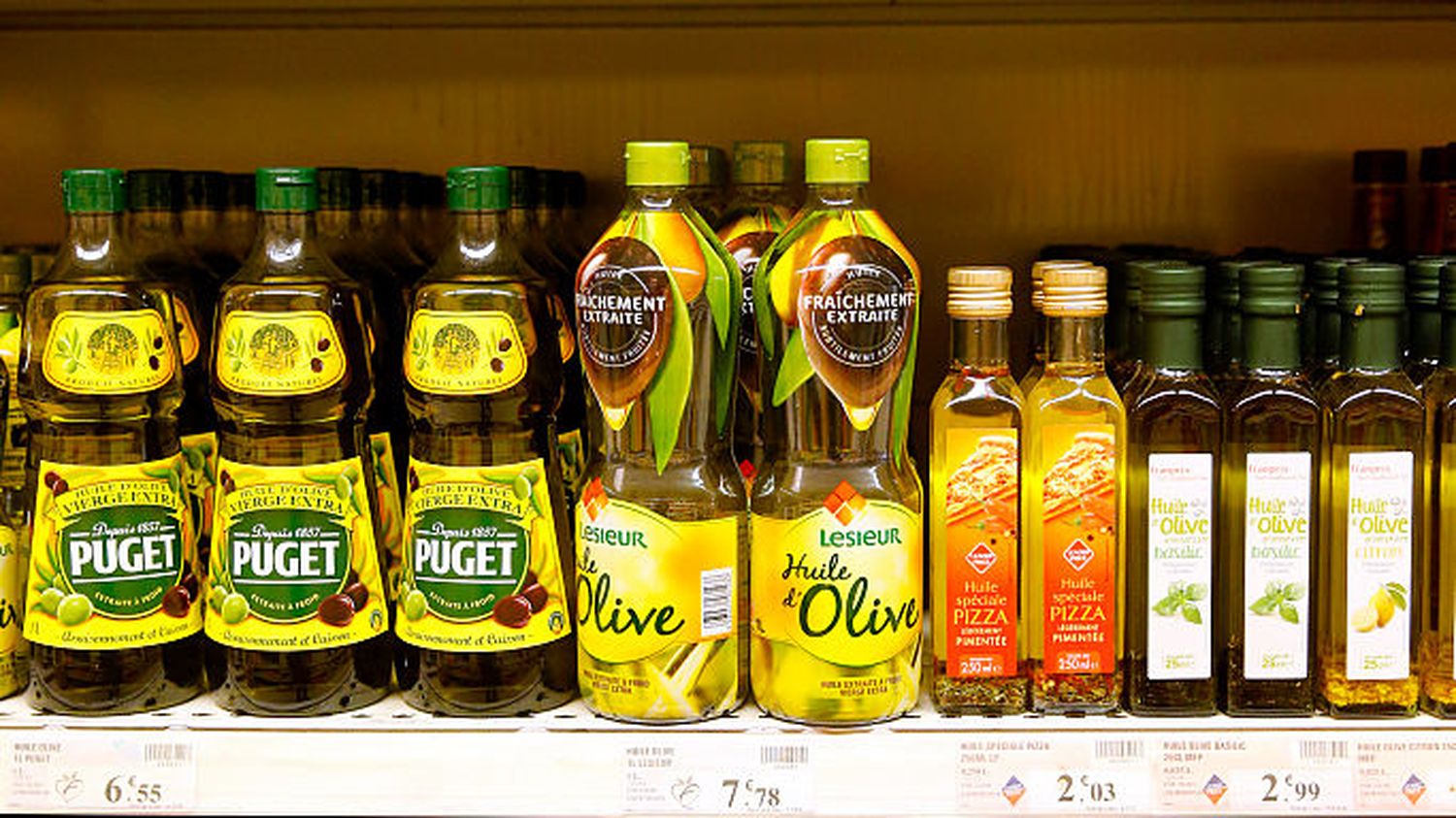The French love olive oil: they consume nearly 110,000 tonnes of it each year, the equivalent of two liters per household. But the products sold do not sufficiently correspond to consumer expectations.
It is true that it has many advantages, olive oil, especially for health! Its richness in omega-3 would significantly reduce the risk of coronary heart disease. It remains to be seen whether its virtues are very real, and whether the labels are still very faithful to the qualities of the product.
In its June issue, (online and on newsstands) the magazine 60 Million consumers devotes a large survey to olive oil. Twenty-four products were tested and some of the references do not deserve the mention “extra virgin”. Details from Patricia Chairopoulos, food consumption journalist at the magazine.
franceinfo: What is an “extra virgin” olive oil? What are the criteria ?
In fact, there are several criteria that are very strict. So already, it is an oil resulting from a first cold pressing, and it must not really present any physico-chemical defect, such as oxidation. And these criteria are verified by expert juries. That’s what we did.
And what are the results of your investigation? You had already carried out a similar test in 2020, has the quality of the olive oils in your panel deteriorated?
In terms of the extra virgin appellation, or the “top” of olive oil, it is a great disappointment; half of our panel of 24 samples is downgraded to “virgin” only. Our expert jury has indeed detected various defects, for example the moldy/humidity defect was found in 6 references, both organic and conventional, and whatever their price. Perhaps because of insufficient washing of the olives, storage in poor conditions…
One thing you highlight is the presence of plasticizers in several references. What do you mean by plasticizer?
These are phthalates, chemical molecules added voluntarily by plastic manufacturers, to soften them. Normally, it is prohibited to use materials containing phthalates in the production line and storage of fatty substances, such as oil. It is difficult to know the origin of this contamination, perhaps tanks, pipes, tarpaulins… However, certain phthalates, DEHP and DBP, are recognized endocrine disruptors and have both been detected in 4 oils. Admittedly, at very low levels, but still penalized.
Have you also discovered traces of mineral oil hydrocarbons? What is it about ?
These are chemical derivatives linked to human activity, they are almost everywhere in the environment, and they are also found in glues, printing inks, machine lubricants, cleaning products or even in certain pesticides.
The problem with these substances is that they migrate easily and contaminate our food in particular. Their presence in olive oils can come from the harvest, from the engines of agricultural machinery, etc. We found it in 5 oils, with for some, at levels at the limit of the acceptable threshold in fatty substances.
So, should we favor organic olive oils at all costs? Is this a real guarantee of quality?
No, on these criteria, there is no more guarantee with organic or non-organic olive oils.
And the price ? Is it a guarantee of quality? We can quote LIDL’s “primadonna” oil anyway at 6.99 euros per litre?
No also, even if the two most expensive oils in our test are among the first in the ranking. But the oil at the top of the ranking costs less than 7 euros/litre!
What we notice when reading your survey is that it is difficult to find an “extra virgin” quality oil, from start to finish. Does the sector still have work to do?
Yes, the French are fans of extra virgin olive oil, they pay the price for it, and in return, the product must obviously correspond to their expectations, and to what is indicated on the label. However, we note that this is not the case and ask the sector, from production to distribution, to make serious efforts.
